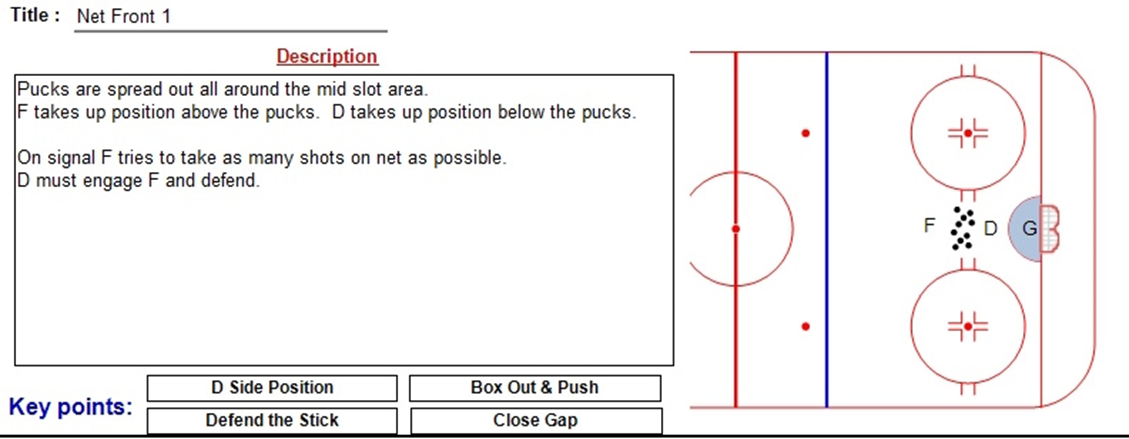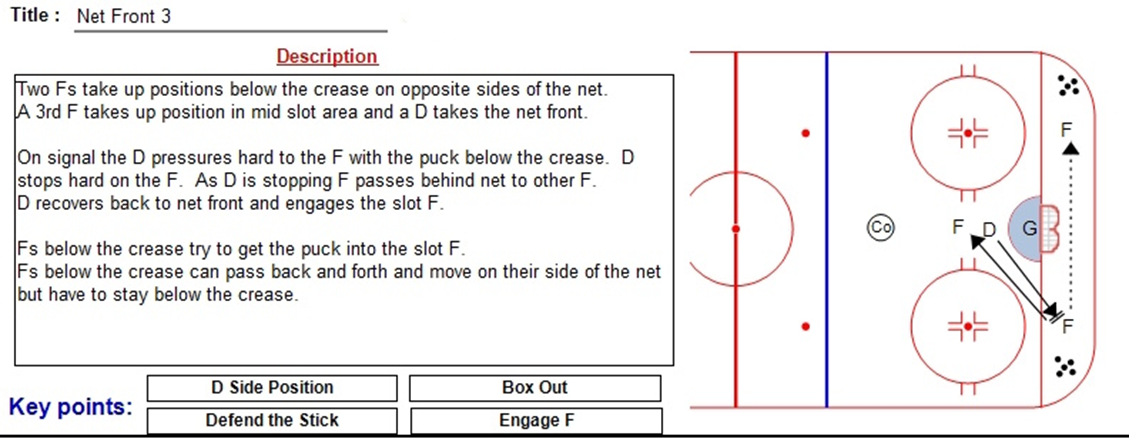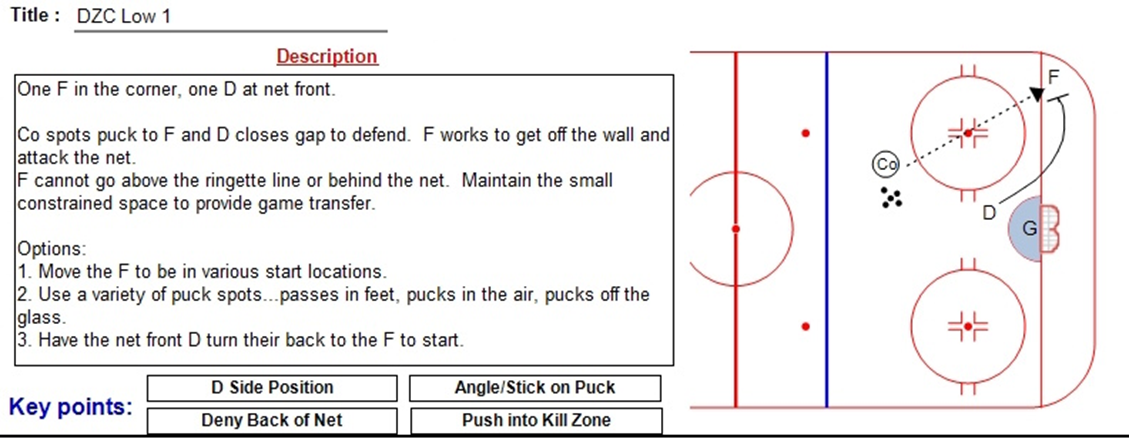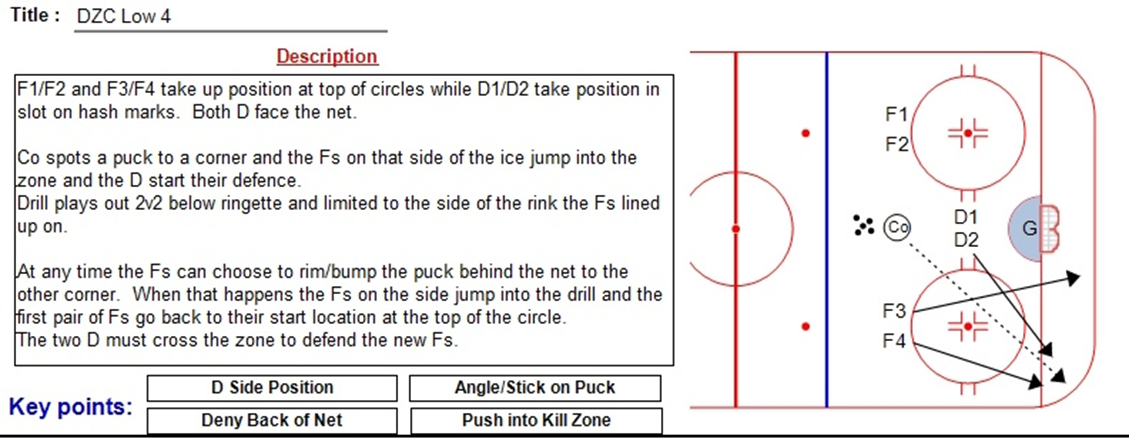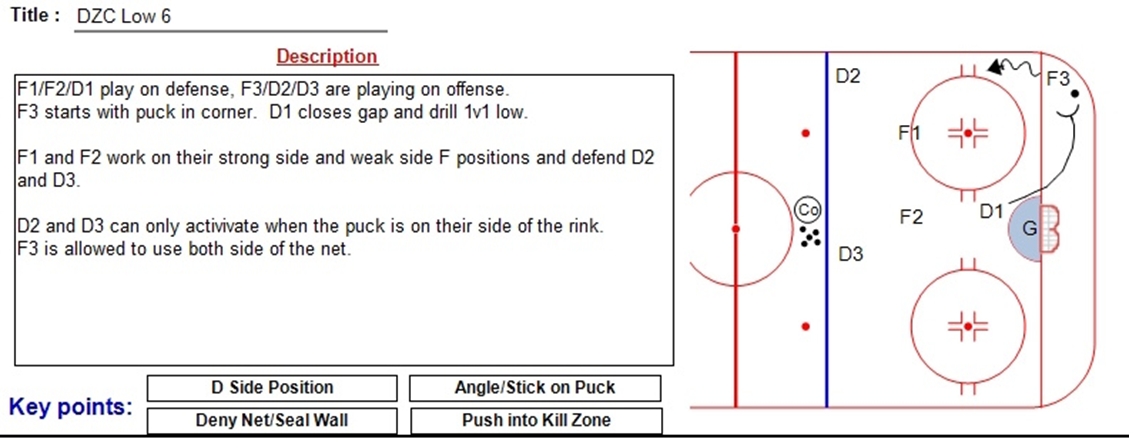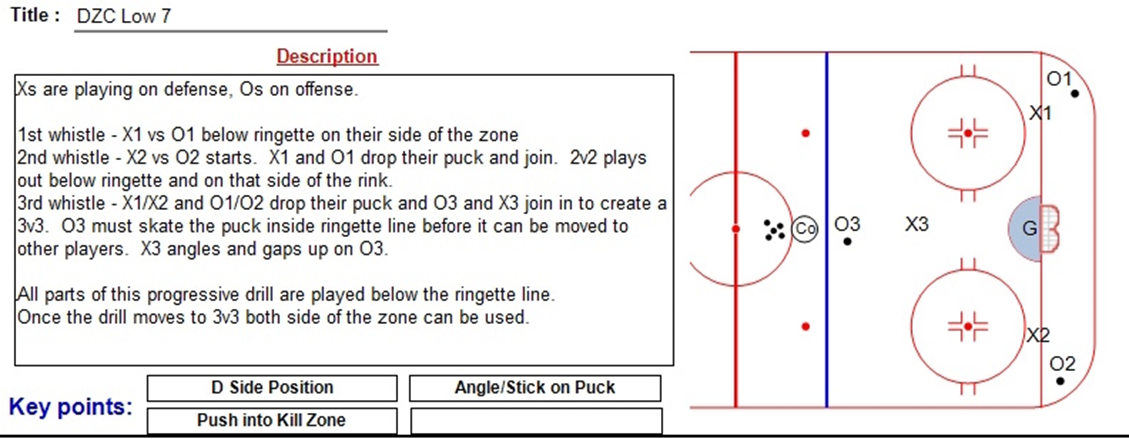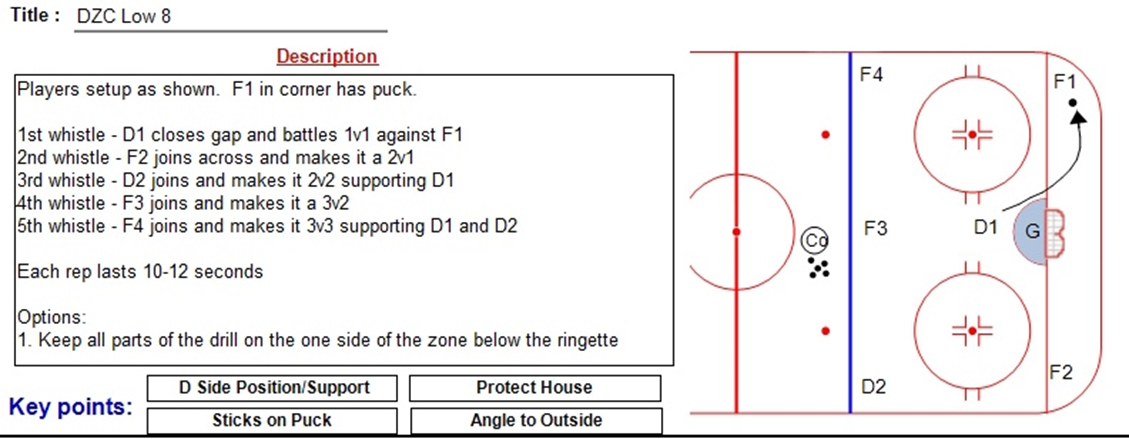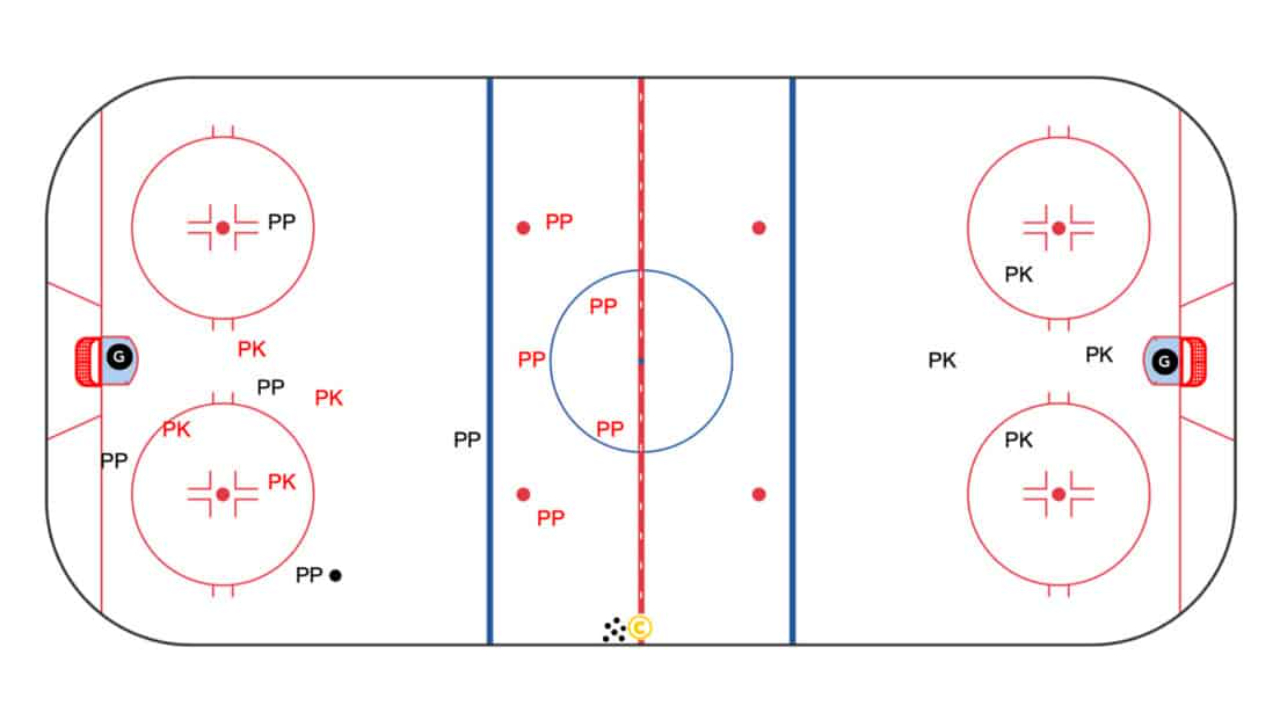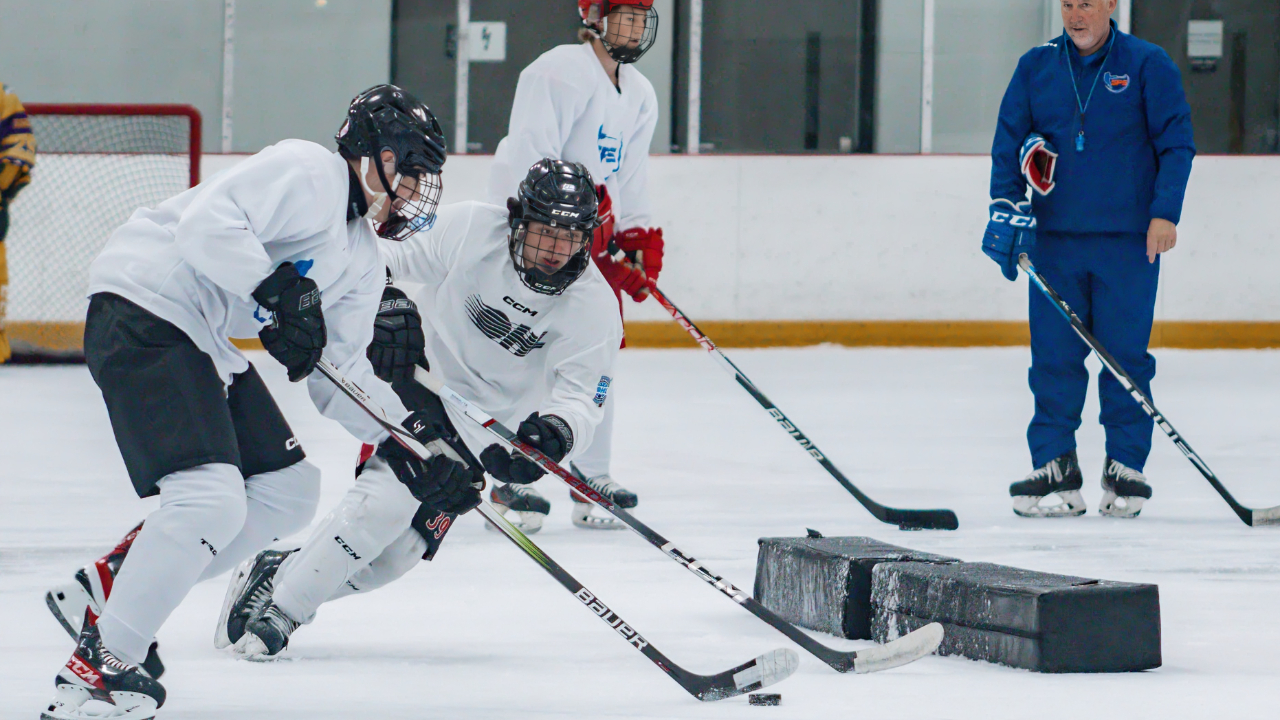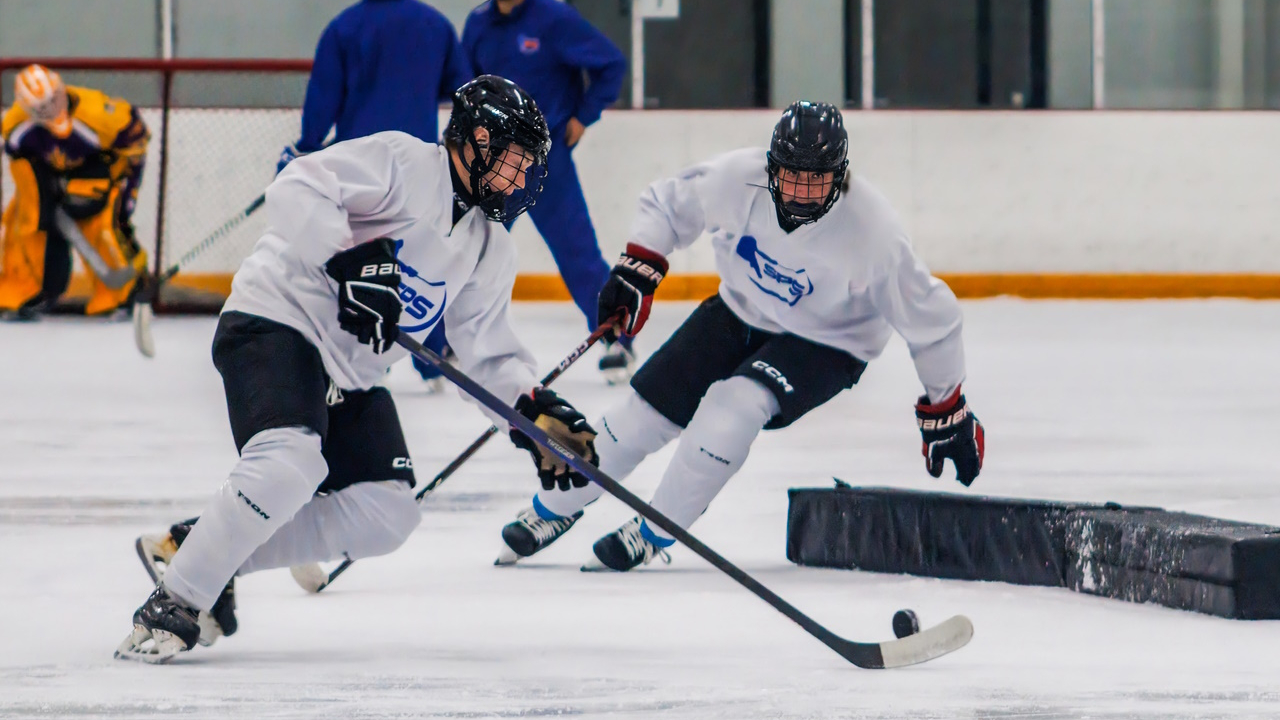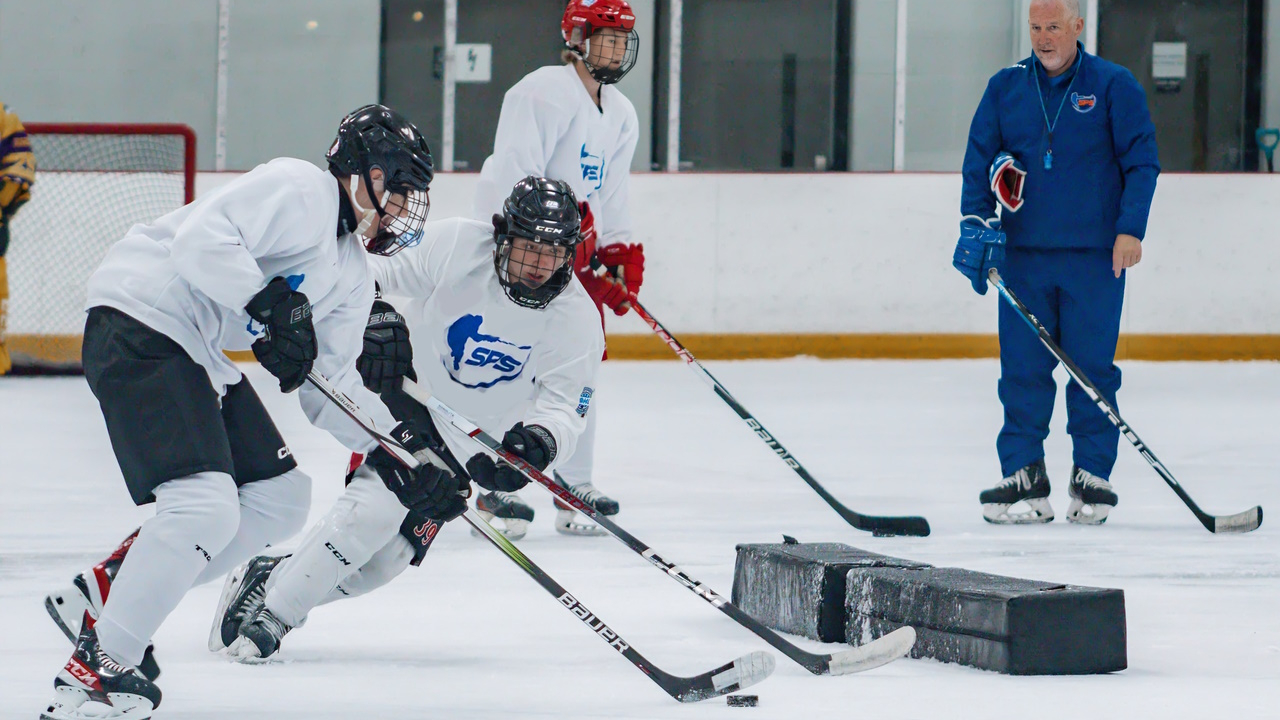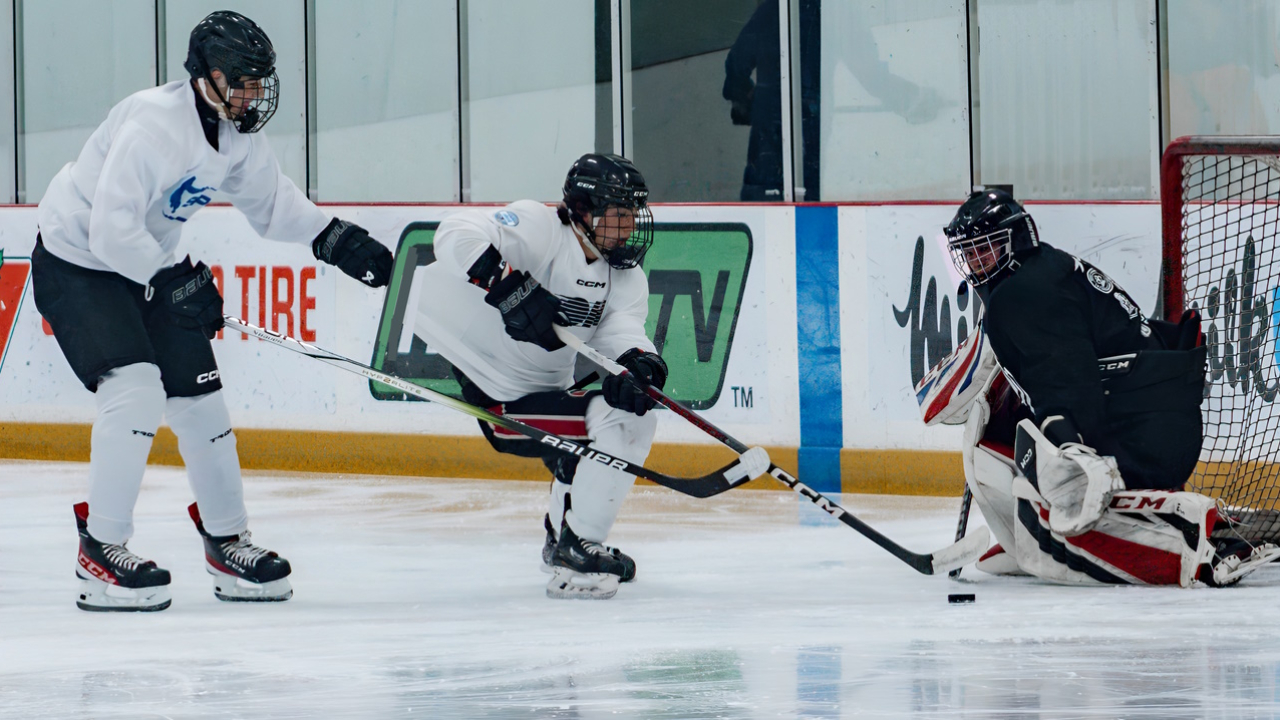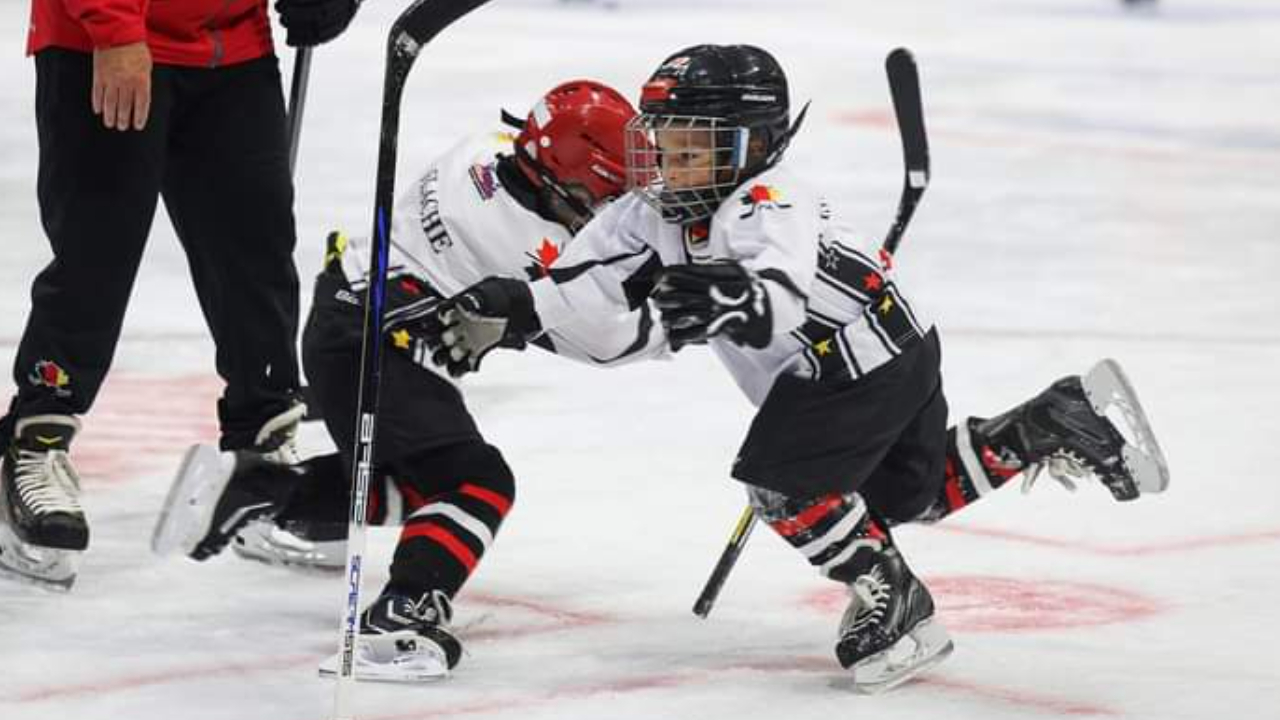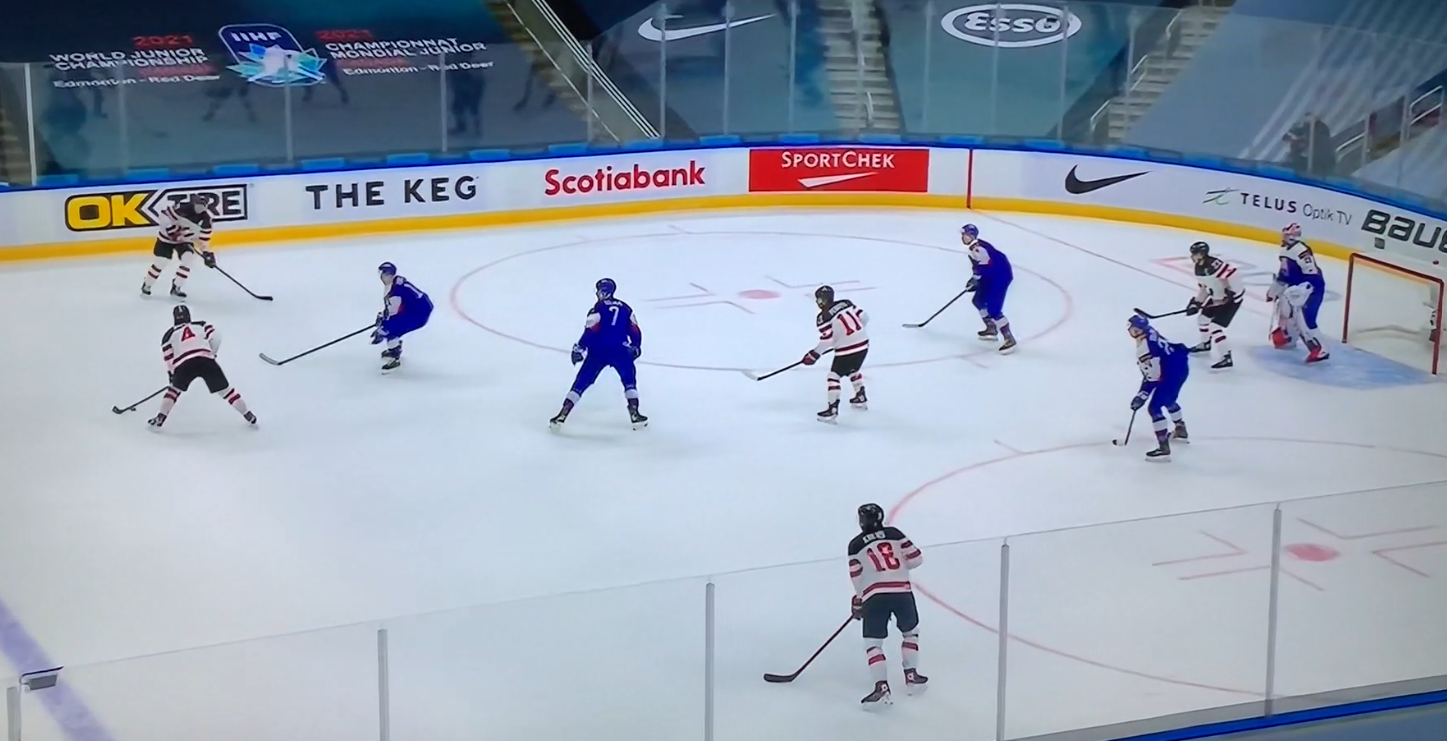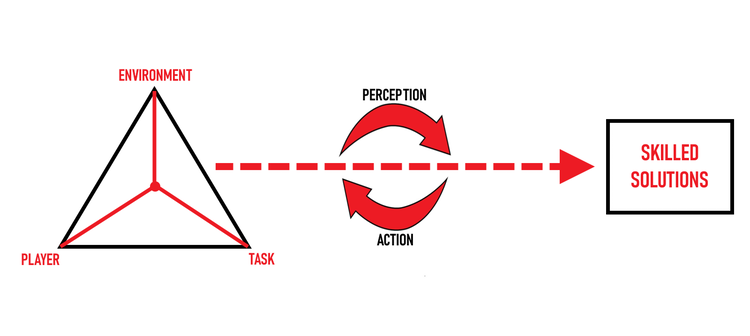
As a team play system, defensive zone coverage requires the coordinated and organized effort of all five players. However, within that team play system are countless skills, tactics, habits and principles that if missing will inhibit the players ability to coordinate themselves.
The focus for minor hockey players should be on the development of these elements before we expect them to be able to effectively coordinate and organize as a group of five under the stresses and dynamics of the game. Focusing on the development of that five-player coordination to soon, and bypassing these crucial elements, impacts their long-term development.
Luckily, there are ways to achieve both at the same time. The use of representative activities in small space provides players ways to develop their skills, tactics, habits and defensive principles of play, while also taking small steps toward becoming coordinated, albeit in smaller numbers. Learning to coordinate and organize in twos and threes can be more effective for young players then trying to coordinate all five players using 5-on-5 activities. In addition, using a constraints led approach to deliver these types of activities can provide even greater learning and transfer to the game.
Here is a sample of activities coaches at any age and playing level can use to develop defensive zone coverage skills, tactics, habits and principles. These are all representative, based on real game elements. They provide players with problems to solve, enhancing their ability to perceive the environment and make effective decisions on taking action to solve those problems.
